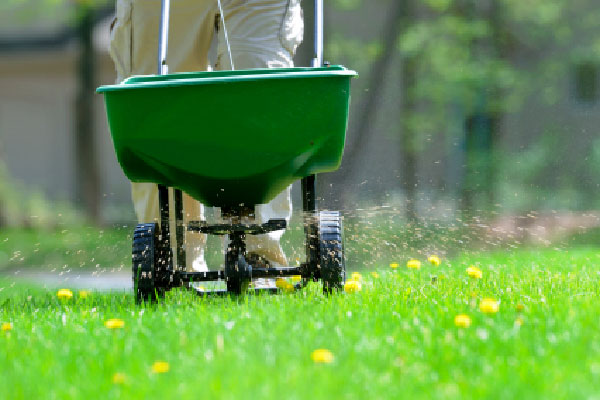Early fall brings us a host of “to-do’s and not to-do’s” in the acreage landscape.
First, a couple of not to dos:
- Avoid fertilization of trees, shrubs and perennial flowers. Fertilization at this time tends to promote new growth, which would likely be injured by upcoming fall frosts.
- Don’t water with the same frequency and volume as in summer. In all seasons, endeavor to keep the soil moist, not soggy or dry, which is likely to require less due to the cooler temperatures in fall.
Some timely “to-do’s”:
- Take cuttings of annuals such as begonias, coleus, geraniums and impatiens. Make arrangements to overwinter them in a sunny window.
- Plant a fall crop of radish, mustard greens, spinach and lettuce. These veggies will develop in the cooler weeks ahead and be a fresh source of salad ingredients.
- Pot up herbs and move them to a sunny kitchen window. They can add a real “spice” to winter meals.
- Fertilize the lawn in September according to label rates, in the 0.75 to 1.0 lbs of nitrogen per 1,000 square foot range. Later in fall, as the grass stops vertical elongation, apply a very light rate of 0.2 lbs per 1,000, just to beef it up a bit going into winter.
- Inspect the lawn for broadleaf weeds. Spray dandelions, thistles, white clover, plantain, black medic, field bindweed and false strawberry with Trimec, Powerzone or Weed B Gone Maxx. Be sure to read the entire label and follow the instructions for safety and effectiveness.
- Take advantage of close-out deals at garden centers to purchase perennials and trees/shrubs at reduced prices. Fall is a great time to plant!

